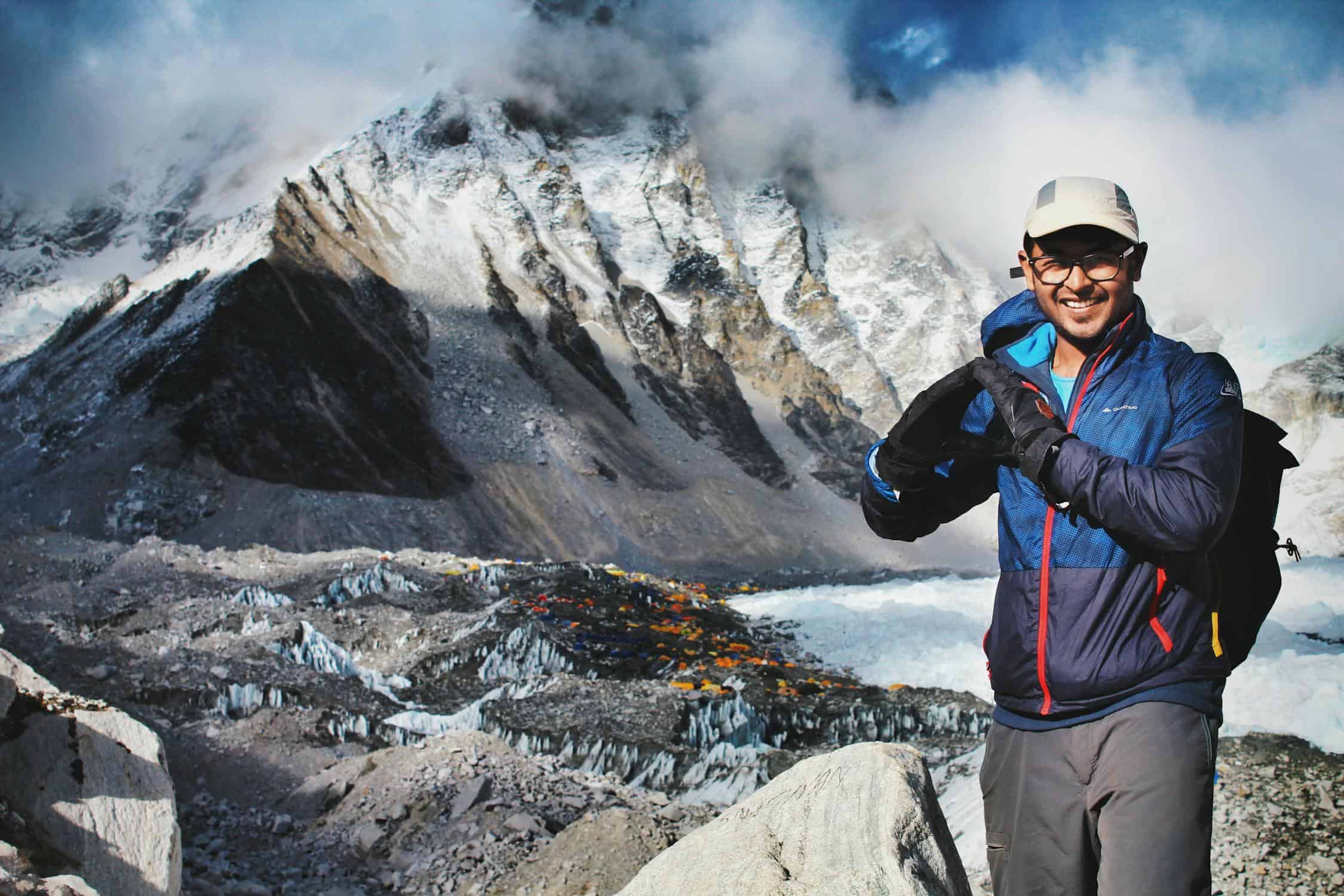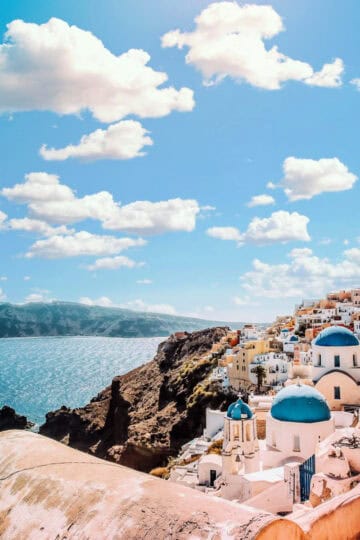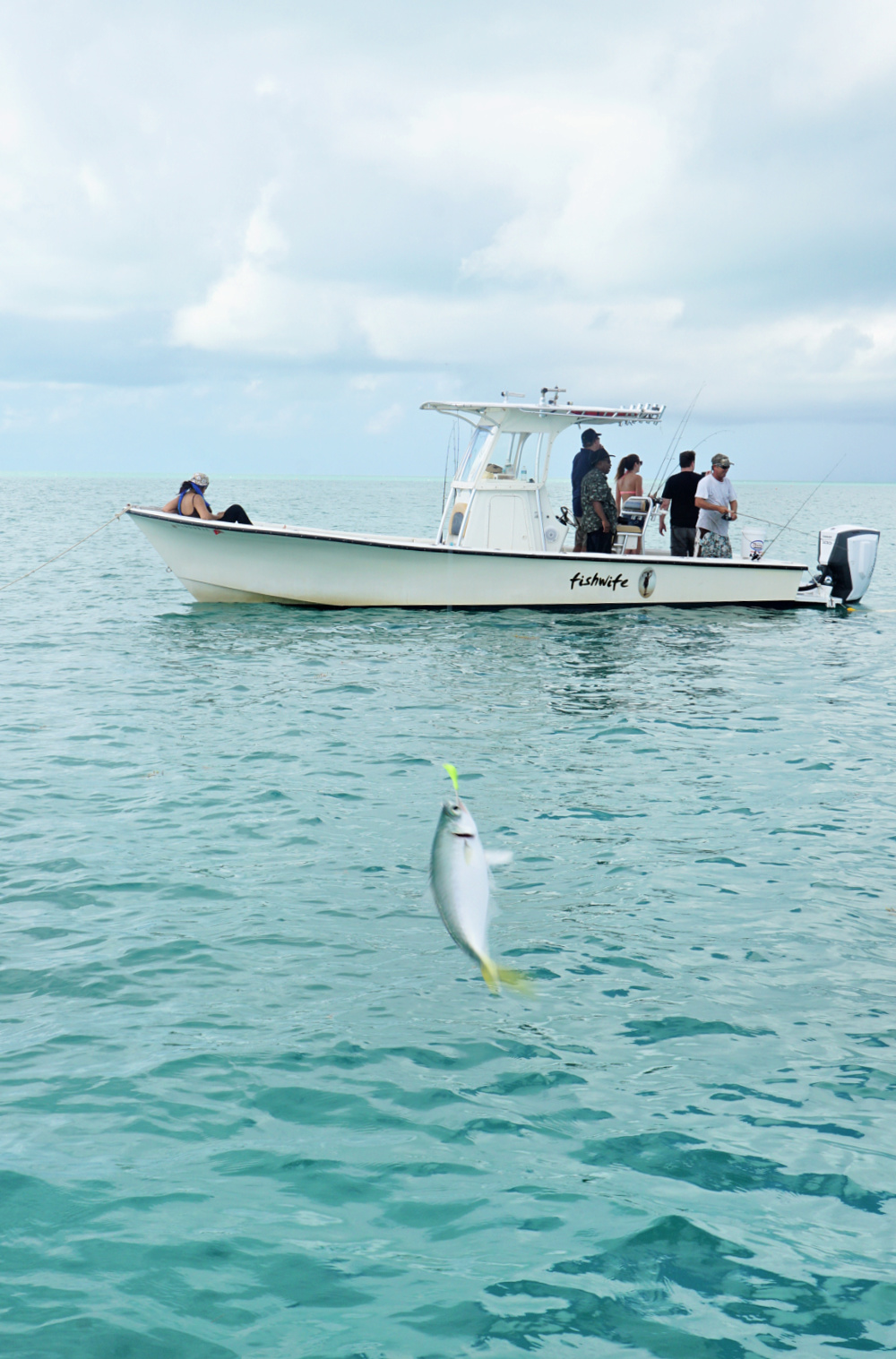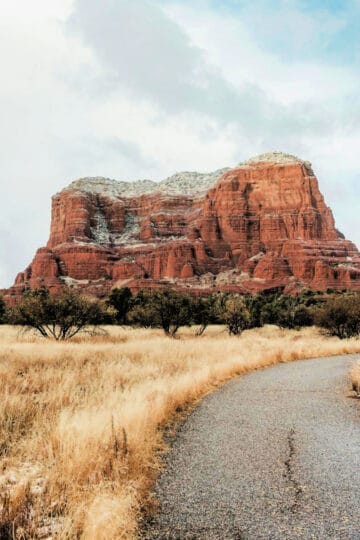
If you’ve booked a flight to Nepal, you’ve done yourself a great favor by blessing your eyes to see one of the most beautiful countries on earth! While Nepal has its staple tourist spots, getting to truly see its beauty is not for the faint of heart.
The country is home to the astounding mountain ranges of the Himalayas, hosting the highest peak on earth, Everest.
So, it would be doing you and the amazing country a complete injustice if you didn’t do something adventurous while you’re there. And what’s more adventurous than trekking?
But hold up, because we got a guide. Explore eight things to consider before trekking in Nepal to enjoy an unforgettable trip!
You must consider the right season before booking your flights to Nepal, as choosing the best time to trek is crucial. The country is no stranger to weather that changes in the blink of an eye; one hour, it can be sunny and pleasant, and the next, it could be a heavy downpour and crazy storms.
Nepal has two primary and popular trekking seasons: pre-monsoon, which usually lasts from the months of March to May and post-monsoon, which falls in the months of September to November.
Weather conditions vary greatly, so selecting the best season means there will be better visibility and a more comfortable trekking experience for you.
To make your trekking in Nepal more enjoyable, here are a few things to make sure you choose the right seasons.
● Keep checking weather forecasts periodically before you go, and even when you’re there, keep your eyes peeled outside for any changes.
● Talk to locals about the changing weather, they can tell you best about any sudden changes and shifts you could expect.
● Don’t hesitate to postpone or change your trekking route or schedule in case of bad weather.
You already know Nepal has multiple trekking routes, from the iconic Everest Base Camp to the serene Langtang Valley Trek. Each trek differs in difficulty, length, and altitude. So, do research your route based on how good your fitness is and the time you have on your trip.
If you want to explore off-the-beaten paths, make sure to not only carry on with your own research but also talk to locals, consult guides, and fellow trekkers for more information.
The last thing you’d want to do is get caught up in a remote area without proper knowledge because you just wanted to avoid crowds. So, please, the internet is your oyster, do your research.
Here are a few things to take into account so you know your trekking routes well before going trekking in Nepal.
● Read through reviews and recommendations on sites like TripAdvisor, search on Facebook groups, and ask questions on Reddit to know from travelers and trekkers firsthand about the routes you’re eyeing.
● Ask your hotel staff for tips on off-the-beaten and remote tracks for trekking. Chances are you’re not the only one who inquired about this and they might have some great tips and suggestions for your trek.
3. Prepare Yourself Physically
This is often overlooked, but not preparing yourself physically for trekking can really spell disaster for your trip, especially in a challenging terrain like Nepal’s. Consider starting a fitness routine at least 2-3 months before your trip; focus on building stamina, training for leg strength, core and back workouts and emphasize on cardiovascular health.
Consider doing cardio exercises such as running, cycling, and swimming.
And while you’re out there, you’ll be hiking with a loaded backpack, which also counts as excellent training. You’ll be getting a lot of cardio.
Take a look at these things below for better physical preparation before you trek in Nepal.
● You don’t want to go overboard with exercises, but doing enough to keep your stamina up will be effective for trekking in Nepal.
● Incorporate ellipticals into your routine to get you used to the inconsistent strides and practice your breathing.
● The key is consistency; even if you start a month before, stay consistent with exercising.
4. Be Aware of Altitude Sickness
There’s no doubt that Nepal has some of the highest mountains in the world, and trekking in those terrains can be quite challenging. High-altitude trekking poses risks of Acute Mountain Sickness (AMS).
Before you fly, educate yourself to recognize symptoms like headaches, nausea, vomiting, vertigo, and dizziness.
Give yourself enough time to acclimatize by gradually ascending and following guidelines. We know it’s exciting, but maintain composure and don’t climb too quickly and with haste. We want you to save your breath.
Guidelines are given by guides and porters, so listen to them carefully and try to stick to their recommendations. You can also obviously do your own research about altitude sickness.
Here are a few things you should consider to be well-prepared for altitude sickness when trekking in Nepal.
● Consider talking to your doctor before you go, stack up on necessary medications and make a note of any advice and suggestions they give.
● When you land in Nepal, consider talking to medical professionals in Nepal who probably deal with altitude sickness more than most doctors. They’ll have the best tips and advice for you, make sure to carry suggested medicines and consider keeping them on speed dial.
This is very crucial, but you must pack light. However, make sure you bring all the necessary gear. Invest in high-quality trekking gear such as sturdy trekking boots, moisture-wicking clothing, layers for warmth. Consider carrying a high-quality backpack, trekking poles, and a sleeping bag rated for low temperatures.
Make sure to also carry personal items, depending on your individual needs, such as water purification tablets, sunscreen, blister plasters, energy drinks, energy powders, and a basic first-aid kit.
You may also want to take mosquito repellants and oxygen masks, but these you can also purchase when you’re there.
Consider these things when packing properly before you go trekking in Nepal.
● Make a list of all the things you need and follow that list religiously to ensure you have everything you need.
● Reach out to fellow trekkers and travelers who have trekked in Nepal to get pointers on essentials to carry; you may discover stuff you missed or didn’t think of.
● If you’re traveling with a partner, you can get away with packing more stuff by splitting up your baggage spaces. So take that chance!
Trekking in Nepal requires important permits such as the TIMS (Trekkers' Information Management System) card and entry permits for national parks or conservation areas. Make sure to get these before starting your trek.
Again, do your own research beforehand and a professional and reliable guide will also help you keep up with all the permit processes and tasks.
You might want to check out below for some things to consider to further smoothen your process of obtaining permission for trekking in Nepal.
● Be aware of fraudulent and scam providers, so do your research and always contact professional establishments to get legitimate permits.
We’ve already mentioned about having guides, but let’s reiterate it anyway. Hiring a local guide or porter can not only enhance your trekking experience, but also fully ensure your safety and security, which makes for an all-around amazing adventure.
Guides provide valuable insights into the culture and landscapes, while porters can carry your heavy gear, making the trek more manageable. You can hire guides and porters online, or you can consult agencies once you’ve reached Nepal and choose your companions in person.
Consider the following things to hire a guide and porter for trekking in Nepal.
● Talk to hotel staff about hiring guides and porters, they’re most likely to have reliable and reputable contacts to hook you up with.
● Don’t hire guides and porters at first glance. Take some time to research about their names and agencies online or by asking around. Reach out to fellow travelers and trekkers who hired them before and go through reviews and recommendations. Reputable and professional guides and porters will have a trustworthy online presence.
Proper nutrition and hydration are key to maintaining energy levels at high altitudes. Bring a reusable water bottle, purification tablets, and snacks like energy bars for the trail. Stick to local foods like dal bhat for meals, as they won’t be too overwhelming on your digestive system.
There you have it! Trekking in Nepal will reward you with an unforgettable adventure through stunning landscapes, cultural richness, and incredible vibes with locals and fellow travelers. We hope our guide prepares you well and you feel confident enough to take on this journey of a lifetime.





Leave a Reply